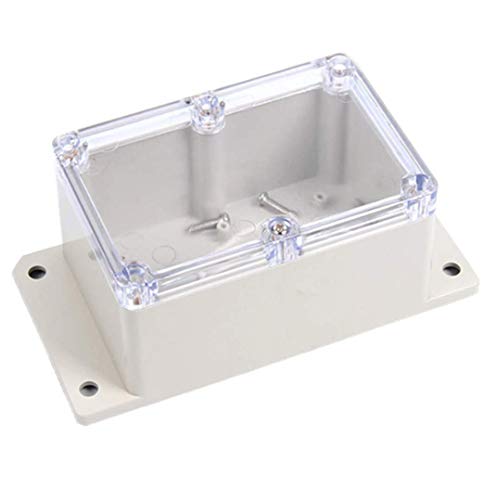- Joined
- Feb 5, 2009
- Messages
- 5,612
- Reaction score
- 1
Hi,
I dont want to start any arguements about whether or not we should pull main fuses but whats the best way to pull it.
Obviously turn off load
Do you use pliers, gloves and whats the best/safest way to do it?
Not asking if but how?
Thanks in advance for any help
bad day explode
I dont want to start any arguements about whether or not we should pull main fuses but whats the best way to pull it.
Obviously turn off load
Do you use pliers, gloves and whats the best/safest way to do it?
Not asking if but how?
Thanks in advance for any help
bad day explode































































